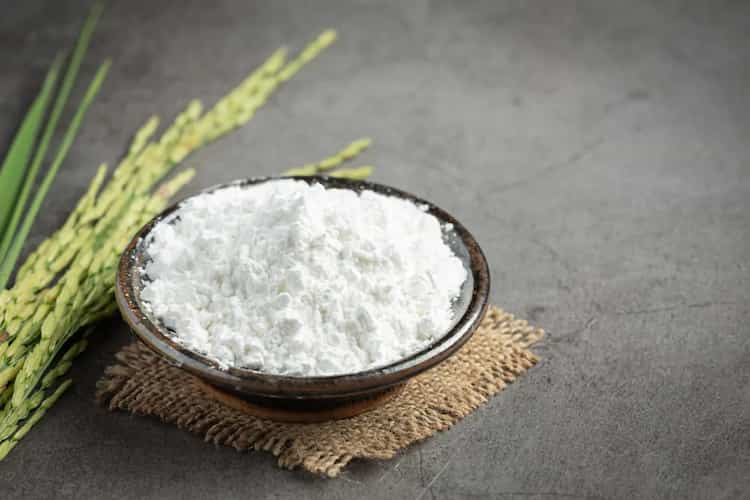Cornstarch is a versatile ingredient that may be utilized in a variety of dishes. It's a pure starch powder made by removing the outer bran and germ from corn kernels and leaving only the starch-rich endosperm behind. It has a variety of applications in the kitchen. Starch absorbs a lot of water when heated. Cornstarch is a pantry workhorse—it's's a stabilizer for whips and emulsions, a thickening for stir-fries, soups, jams, and jellies, and a crisp-ifying miracle dredging for fried, baked, and sautéed foods and it's well worth having on hand. It's especially popular among gluten-free eaters because it's made from corn rather than wheat. Cornstarch, on the other hand, is not the only thickening agent available.
Wheat Flour
Wheat flour is formed by finely crushing wheat grains. Wheat flour, unlike cornstarch, contains protein and fibre in addition to starch. This implies you can use flour instead of cornstarch, but you'll need more of it to achieve the same result. For thickening purposes, it is recommended that you use twice as much white flour as cornstarch. Use 2 tablespoons white flour in place of 1 tablespoon cornstarch. Wheat and whole grain flours have more fibre than white flour, so while you can thicken with them, you'll probably need a lot more of them to achieve the same outcome. To thicken dishes with wheat flour, first combine it with a small amount of cold water. When you add it to recipes, this will prevent it from sticking together and clumping. If you're going to use wheat flour as a cornstarch substitute, keep in mind that it's not gluten-free, therefore it's not good for persons with gluten allergies.
 Image credit: Freepik
Image credit: Freepik
Rice flour is a powder produced from rice that has been finely pulverized. In Asian cultures, it's commonly used in desserts, rice noodles, and soups. It's naturally gluten-free, but it's also used as a substitute for conventional wheat flour by people with gluten-related diseases. Rice flour can also be used as a thickening in recipes, making it a good cornstarch substitute. It also has a colourless consistency when mixed with water, making it ideal for thickening clear liquids. To achieve the same effect as wheat flour, you need to use twice as much rice flour as cornstarch. It can be made into a paste using hot or cold water or used in a roux (flour and fat mixture).
Tapioca Flour
Tapioca flour (or tapioca starch) is made from the cassava root and is one of the best cornstarch substitutes for puddings and sweet sauces. This is not to be confused with cassava flour, which is more fibrous and prepared from the entire root. Tapioca flour is an excellent thickening ingredient, but don't use too much of it. Tapioca flour has a texture that isn't quite like cornstarch and can get sticky if used too much (if you like bubble tea and boba, you're familiar with tapioca's potential chew factor). Replace the cornstarch in your recipe with twice the amount of tapioca flour, and don't overcook or boil for an extended period of time.


